Lying in the middle of the North Atlantic are nine volcanic islands that make up the Azores archipelago, an autonomous region of Portugal.
Get there in May and the lush land lights up with the pinks and blues of the long stretches of hydrangeas in Sau Miguel. At any time you can see the basalt lined vineyards growing out of the dark land of Pico Island and watch the steamy plumes escape from the calderas Lagoa des Furnas.
1 Ponta Delgada, Sao Miguel
It may be the Azores’ most populated and developed city, but with delightful cobbled streets, 16th century churches and a charming seafront promenade, visitors to Ponta Delgada will feel like they’ve stepped back in time.
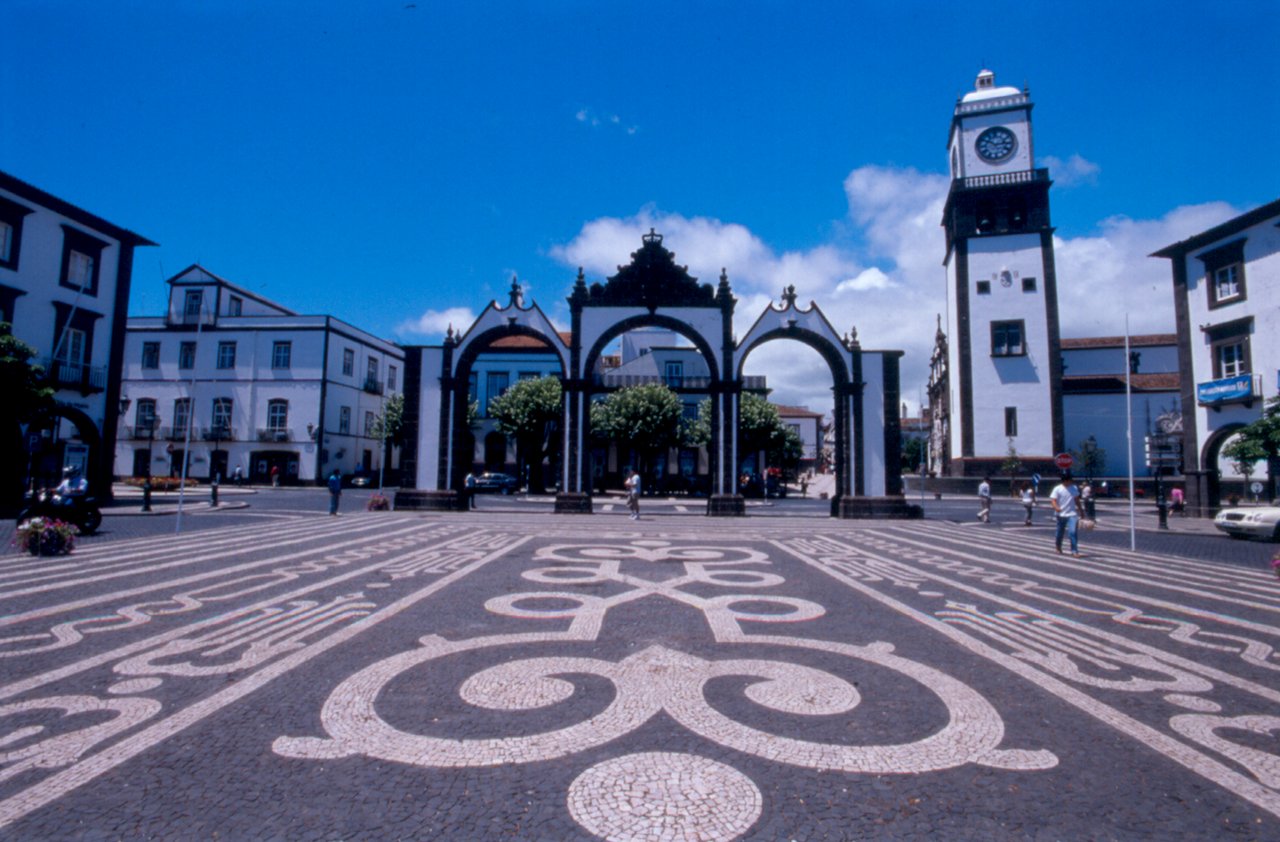
Portas da Cidade in Ponta Delgada
Gaze through the iconic city gate, Portas da Cidade, at the imposing church, Igreja Matriz de São Sebastião, and marvel at how islanders have ingeniously incorporated their volcanic surroundings into everyday life. For these two structures, the city’s benches and even the pavements are largely made out of volcanic basalt, adding a classy monochrome filter to the city.
The dazzling facade of the Palacio de Sant’Ana strikingly detours from this palette and is well worth the short stroll inland, while the serenity of the António Borges Garden is a pleasant stop-off point along the way.
2 Sete Cidades, Sao Miguel
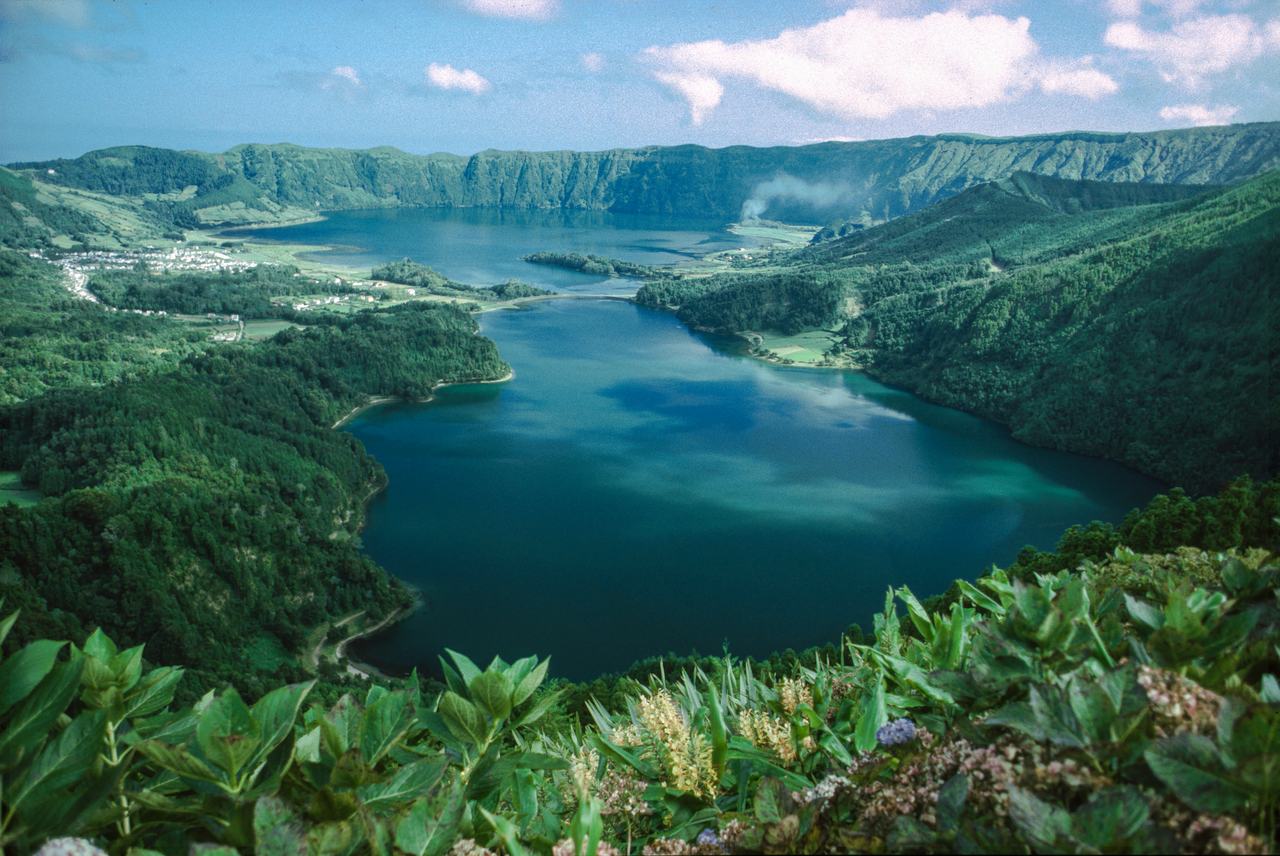
Sete Cidades
While the Azores are blessed with endless displays of natural beauty, nothing comes close to the simply staggering Sete Cidades. This enormous volcanic caldeira and its mystical green and blue lakes are legendary – literally – said to be formed by the tears of a shepherd and princess who shared a forbidden love.
Start in the quiet town, located on the water’s edge in the centre of the crater, and marvel at the fairytale-esque Sao Nicolau church – an enchanting basalt structure at the end of a tree-lined walkway. From there, stroll down to the lakeside and be dwarfed by the imposing caldeira walls that encompass the area.
Then take the meandering, blue hydrangea-lined road up to the abandoned Monte Palace Hotel and from its enviable location at the top of the crater rim, look down on the spectacle that is Sete Cidades. From here, you can appreciate the collosal geological forces required to carve out a caldeira of such scale, for the captivating scene extends as far as the eye can see.
On the roof of the Monte Palace Hotel, there’s a colourful piece of graffiti which reads “welcome to the best view”, and with the glory of Sete Cidades sprawled out in front of you, it would be hard to disagree.
3 Ponta da Ferraria, Sao Miguel
There are many places on earth that are home to sites where people can bathe in waters warmed naturally by geothermal activity. Those at Sao Miguel, however, differ in that it is possible to experience such heated water while swimming in the sea.
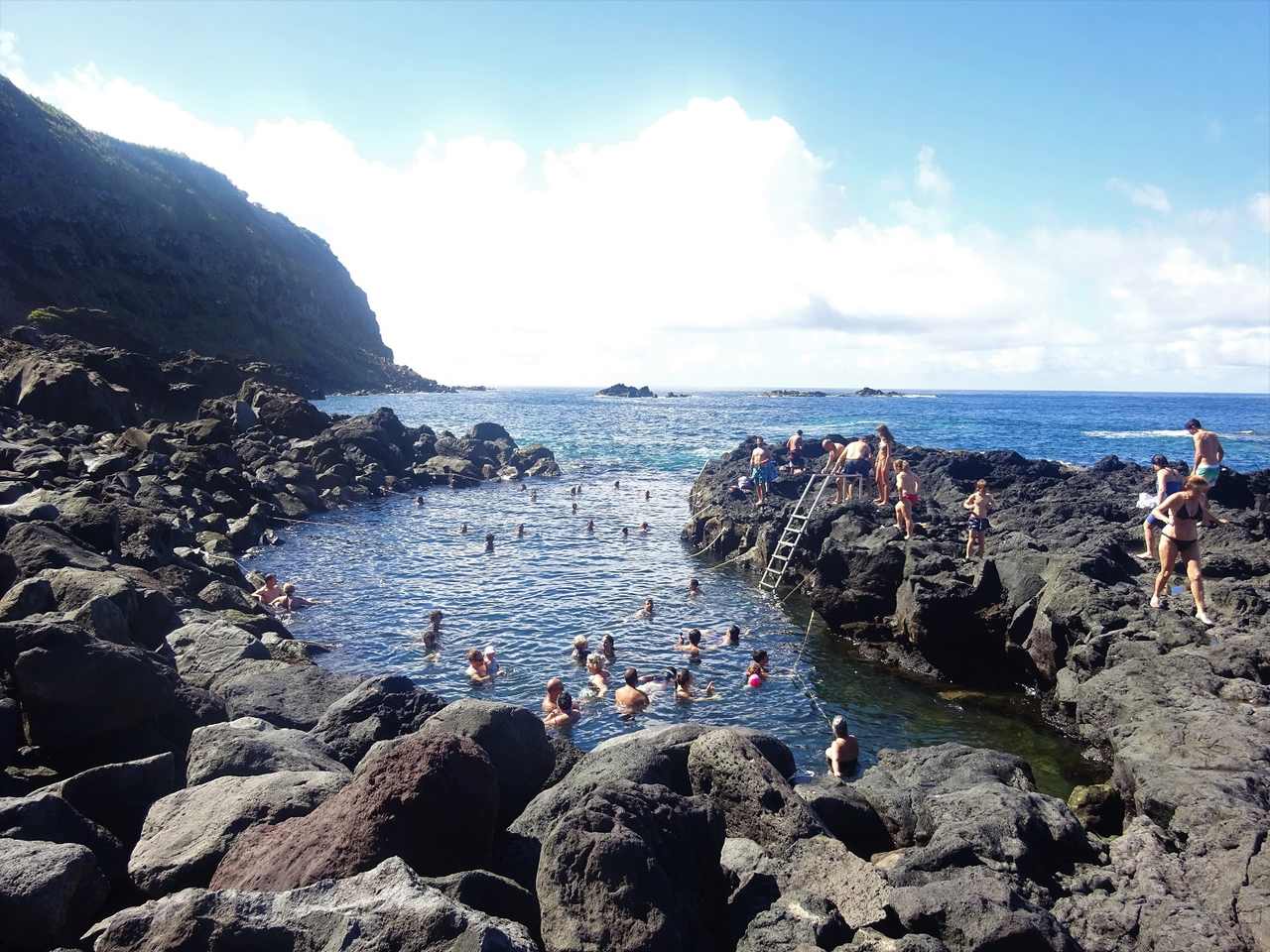
Swimming in geothermal waters
Ponta da Ferraria lies about 16 miles northwest of Ponta Delgada and is accessed by a rather precariously steep road, which twists and turns down to a luxury spa – Termas da Ferraria. Continue along a coastal path to where the real attraction waits – a gorgeous, naturally-formed basalt pool where cool ocean water blends with thermal currents to produce a relaxing haven.
4 Terra Nostra, Furnas, Sao Miguel
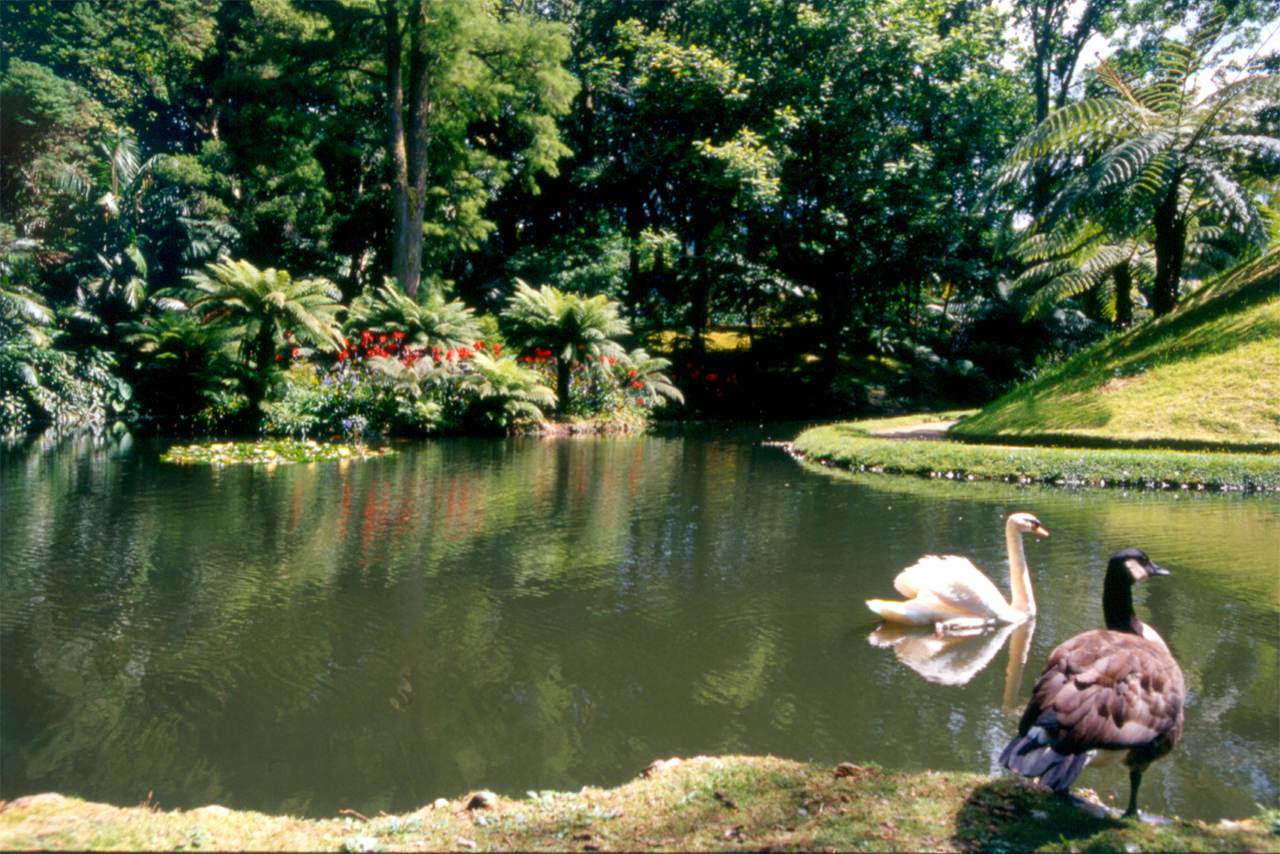
Terra Nostra Garden
The warm waters of Terra Nostra in Furnas are also great for a dip. Do not be put off by the pool’s muddy brown appearance, for this is created by the volume of minerals in the water which are said to do wonders for the skin.
The bath lies in the serene landscaped grounds of Terra Nostra Park, which was built in 1780 by the American consul Thomas Hickling. Hickling’s magnificent mansion overlooks the water and is surrounded by a garden which beautifully showcases over 2,000 species of tree.
Tip: While Caldeira Velha is a popular thermal site, skip its expensive and often over-crowded pools in favour of the more peaceful Terra Nostra.
5 Caldeira, Faial
Faial is just a short one hour flight away from Sao Miguel and like its larger neighbour, the landscape is littered with evidence of a volcanic past. Nowhere is this more obvious than the picture-perfect, island-dominating crater that is Caldeira do Faial.
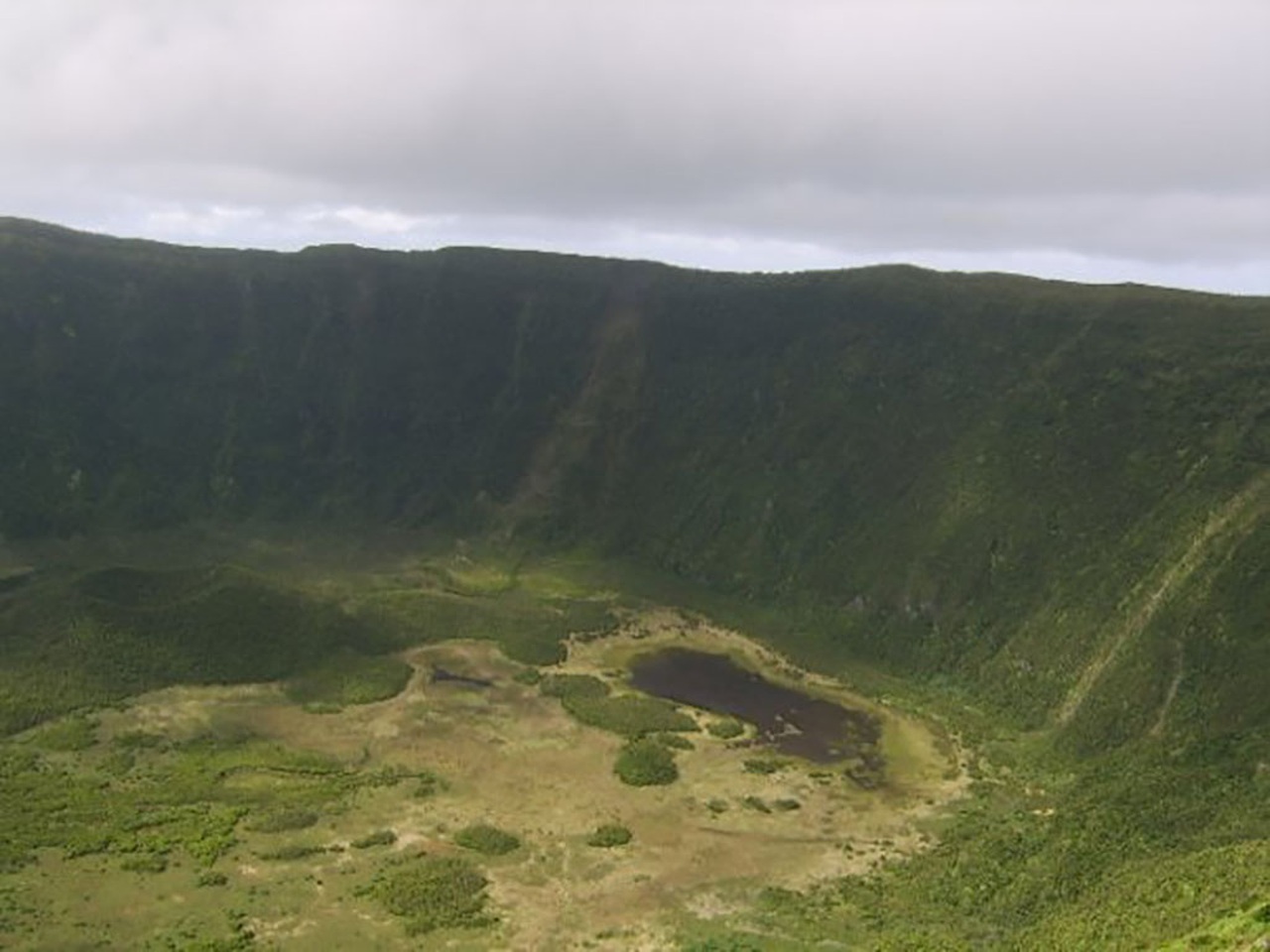
Caldeira in Faial
The gigantic cone is Faial’s highest point, standing over 1,000m high, and its car park is reached via a winding, scenic drive up from the main town of Horta. From here, stroll through the dramatic rock tunnel before coming face-to-face with the vast crater. It’s a breathtaking sight over Faial and Pico on the horizon and can be appreciated from all angles by hiking the complete 8km rim.
6 Capelinhos, Faial
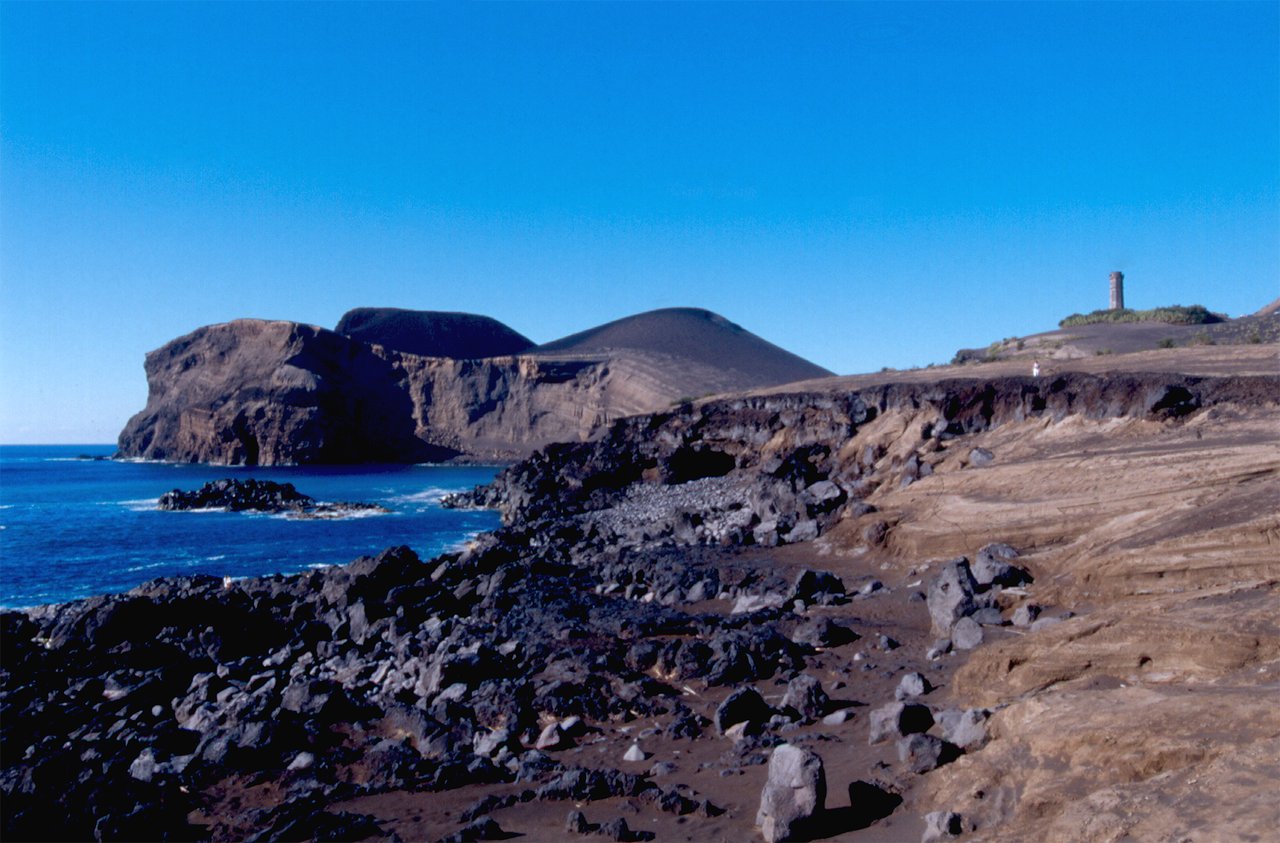
Capelinhos Volcano
When you wander amongst such timeless beauty, it’s easy to assume that it’s all the product of a distant era. Capelinhos, a volcano on the western coast of Faial, is proof that the Azores are still very much a geographical work in progress. For the majority of the scorched, Martian-looking land mass only emerged from the ocean in the late 1950s, when a dramatic eruption destroyed nearby villages.
Remarkably, the traditional lighthouse standing guard over this stretch of coastline survived the explosions and the top of its tower is now a fantastic spot to take in the unearthly panorama. It’s said that during the 13 months of eruptions, the lighthouse keeper continued his duties to protect passing ships from the chaos.
There is an excellent Interpretation Centre at the site which describes the historic event in full detail.
7 Horta, Faial
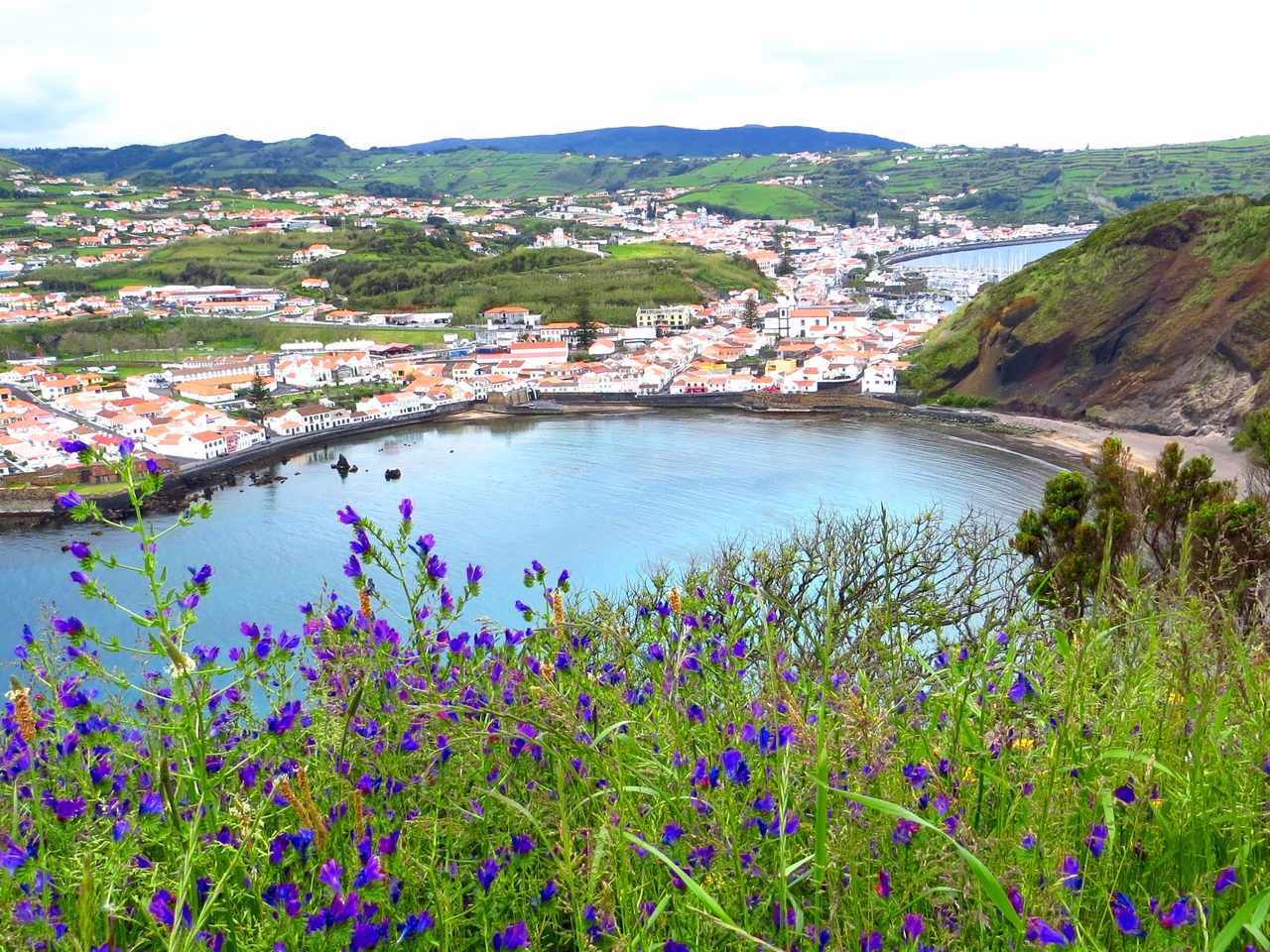
Faial – view of Horta
By wandering through the charismatic and colourful streets of Horta, visitors are following in the footsteps of tens of thousands of sailors who have harboured in the city while crossing the Atlantic. The ocean marina is actually the fourth most-visited on the planet and to appreciate the scale of this popularity, scan through the dazzling mosaic of paintings left on the jetty by each arriving vessel.
Head slightly northwards out of town and you’ll soon reach Miradouro de Nossa Senhora da Conceição – a small roadside viewpoint which takes in the whole harbour area, the sweeping beaches and the distant Mount Pico. A little further on lie a couple of attractive 19th century red windmills, providing the perfect foreground to photos of the imposing volcano.
8 Praia do Almoxarife, Faial

Praia do Almoxarife – warm black sand
Look northwards from Miradouro de Nossa Senhora da Conceição, a few kilometres up the coastline from Horta, and your eyes will be drawn to the unusual sight of Praia do Almoxarife. This quiet beach is made up of striking black sand which is the by-product of ancient eruptions washing up to shore.
Its dusky nature means that the sand retains heat well, so it always feels pleasant between your toes.
9 Mount Pico, Pico
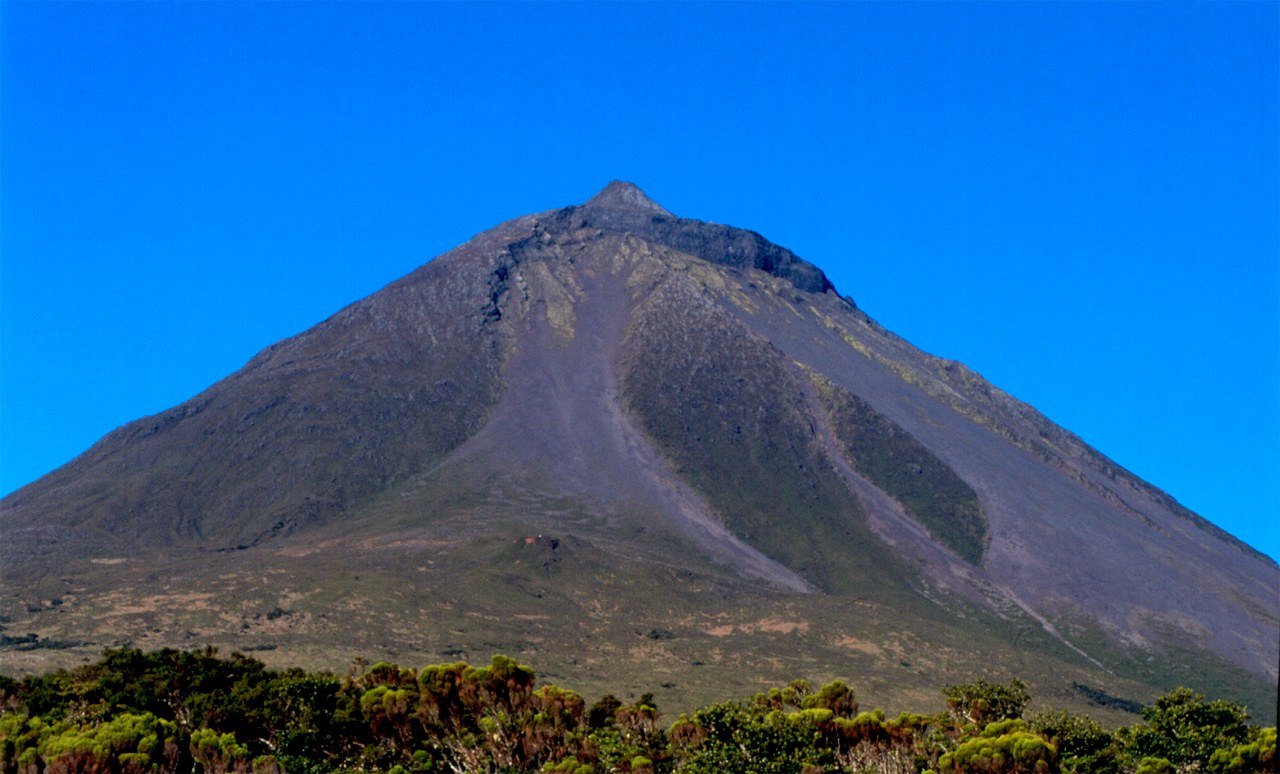
Pico Mountain
The towering Mount Pico is a constant companion as you explore the area. Its dramatic isolated summit rises sharply to over 2,350m, making it the highest point in Portugal, and dominates the skyline for miles around.
Hiking the volcano is a challenge, you’ll scramble over twisting lava flows, feel the steaming heat from unrelenting volcanic activity and brush through intense greenery, a result of the area’s enviable fertility. The path is steep and untamed, but eventually you’ll scramble over a ridge to enter the main crater, a vast rugged landscape, punctuated by the actual summit, Piquinho. This final section is the most testing and you’ll need to use your hands to negotiate the near vertical ascent.
The reward for doing so undeniably justifies the four hours or so of hard hiking. From the top, all five of the central islands are visible, as are Pico Island’s ancient labyrinths of UNESCO world heritage vineyards. Breathe in the crisp, clean air, warm your hands over the bubbling vents and take in the mesmerising 360 degree vista, before reluctantly beginning your descent.
10 Whale watching, Pico
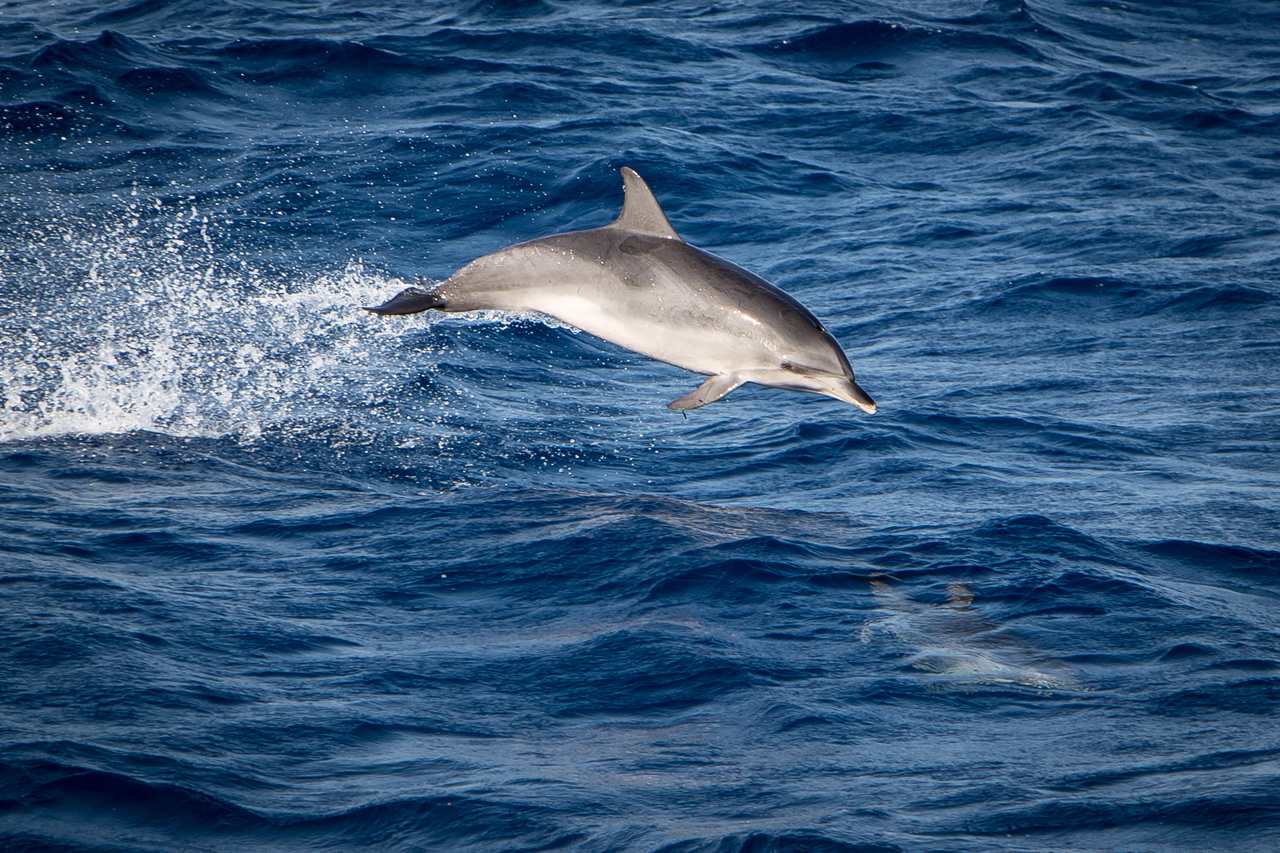
Azores is one of the world’s largest whale sanctuaries
Pico Island is equally famous for its superb marine life. This is one of the best places in the world to go whale watching, with a variety of species calling its waters home all year round.
Head to Lajes do Pico, a small settlement in the southwest corner of the island, to Espaço Talassa, one of the first companies to bring commercial whale-watching to the Azores. Their mantra of protection and sustainability is admirable and their level of expertise means you’ll be in good hands.
Any time is a good time to go as both whales and dolphins are in abundance. Sperm whales, Bottlenose dolphins and Risso’s dolphins make frequent appearances, while Blue whales can be seen in the Spring months.
Fact File
FLY: Ryanair from London Stansted to Ponta Delgada – from £40 one way
STAY: Hotel Alcides in Ponta Delgada is 11-minute drive from Ponta Delgada airport. Doubles from £42 a night.
MORE INFO: Visit Azores
